Opposition to converting the semi-rural Watford Junction to St Albans Abbey line into a guided busway is mounting. Peter Brown takes a look at the proposals.
THE name of ‘The Abbey Flyer’ sounds rather like a title for a comedy film on the lines of something similar to The Titfield Thunderbolt.
However, in reality, this is no laughing matter as the future of a vital 6½-mile community branch line running through Hertfordshire could well be under threat, with a consultation currently taking place; one of the options is to rip up the tracks to convert the route into a guided busway.
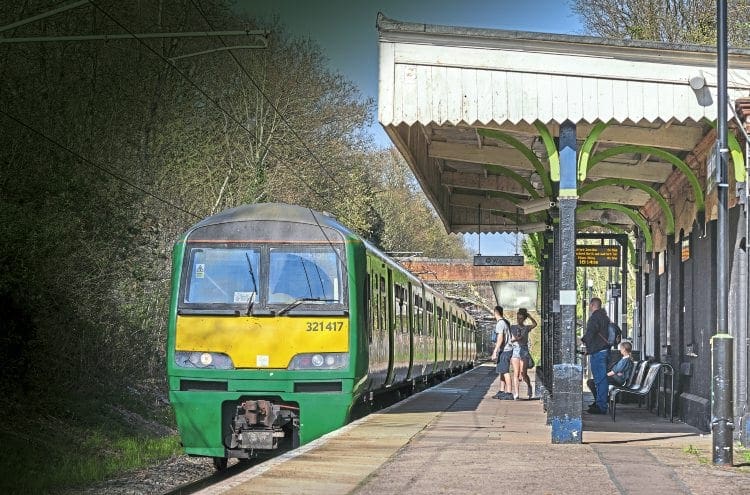
This uncertainty hanging over the route of the 16-minute journey between St Albans Abbey and Watford Junction is nothing new.
Monthly Subscription: Enjoy more Railway Magazine reading each month with free delivery to you door, and access to over 100 years in the archive, all for just £5.35 per month.
Click here to subscribe & save
Many residents have seen similar stories in local newspapers for years, talking of the service being reduced or axed, which is certainly a long way from when it was opened by the London & North Western Railway as a bustling line on May 5, 1858.
These days, however, it is just a single track, and when the London Midland-operated
Class 319 EMU leaves Watford Junction it enters a world of bygone years in some places as it makes its way to the stations of Watford North, Garston, Bricket Wood and How Wood, before arriving at its destination.
The latest fears about the route stem from Hertfordshire County Council’s Transport Vision 2050, a public consultation on a new local transport plan, which ends on December 14.
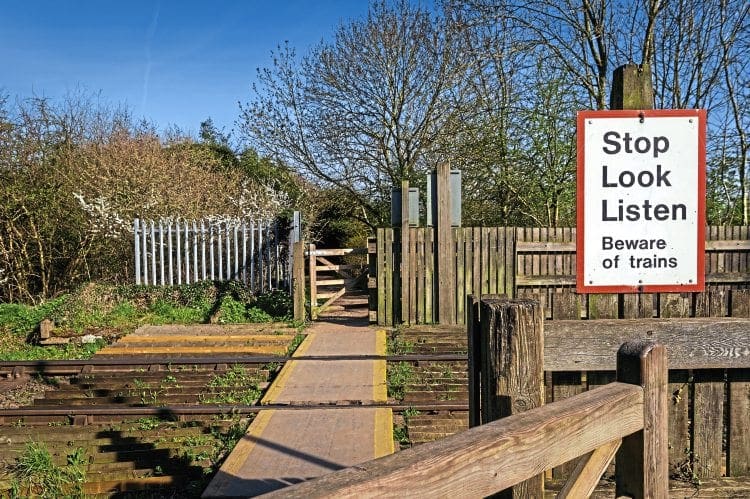
Driving the plan is Coun Derrick Ashley, cabinet member for transport at Hertfordshire County Council (HCC). He is responsible for planning how transport should develop over the next 35 years so that the area “can continue to prosper as our population and economy grow”, according to the consultation publicity material.
Congestion
The document adds: “By 2050 forecasts predict that the population of Hertfordshire will have grown by around 300,000 to over 1.5m, having a huge impact on congestion and journey times, particularly during peak travel periods. That is why HCC is developing a new long-term strategy that sets out how we can manage this extra strain on our transport networks. This strategy will provide a framework to guide all our future transport planning and investment.”
Although 2050 may seem a long way off, the vociferous and highly active Abbey Flyer Users’ Group (Abfly) is concerned that those looking at the line are claiming that it is not commercially viable, are reaching conclusions on false assumptions, and fail to appreciate a passing loop is needed as well as an understanding of its current restrictions.
Adfly secretary Dave Horton says: “We are constrained with a 45-minute frequency even though the end-to-end journey time is only 16 minutes. We can’t do anything less than 45 minutes, it doesn’t have the right frequency and so it is not conducive to growth.
“The line has a fundamental frequency problem. It could be done if they were to cut out stops, but we don’t want that. It could be solved with a second train, but that would mean installing a passing loop. HCC and the DfT says there is no economic case.
“It has been done elsewhere such as Truro to Falmouth, where there has been an increase in growth. Matlock to Derby has an hourly frequency and that has grown. HCC has been looking at the line since 2005, but it is still technically a community railway. They have even employed a part-time community rail officer and it is a little branch line that can deliver.”
He continued: “HCC has allegedly said there is not an economic case for improvements, but we challenge these underlying assumptions, which are based on ticket sales.
“Ticket collection is difficult because of the close station calls meaning the guard has to remain in the back cab, so passengers are travelling free of charge. It is not because nobody wants to pay.
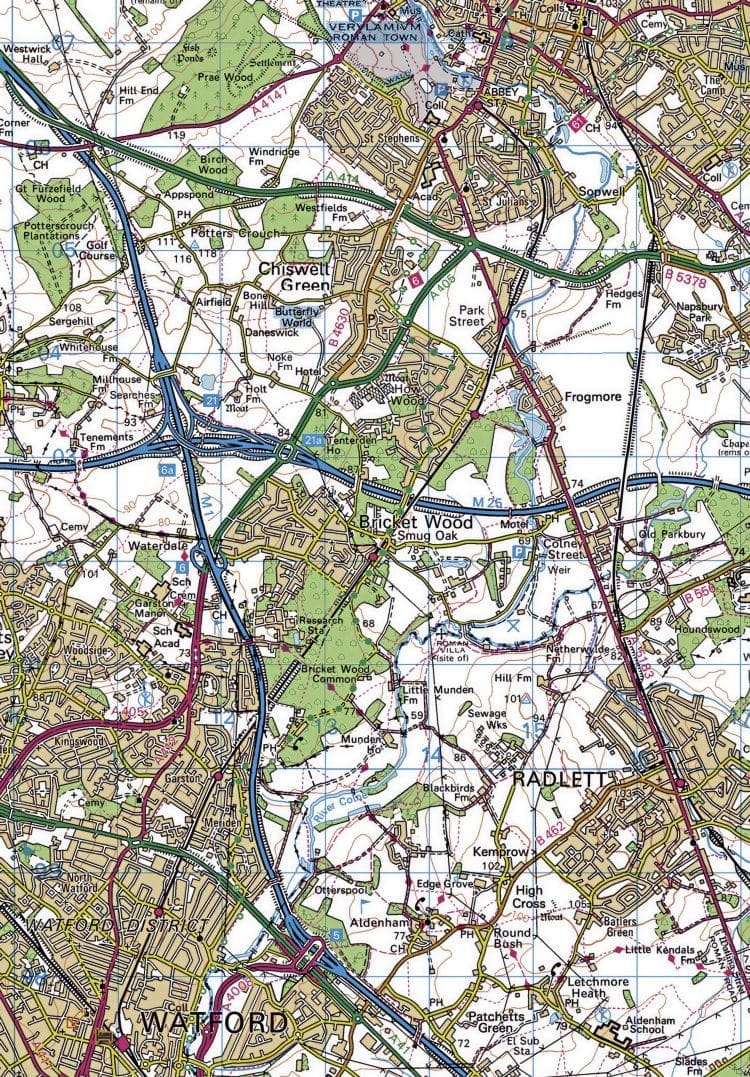
“The Government has identified that 37% of ticket sales are not recorded, which is probably the biggest loss in the entire country and adds up to about £1million a year. That’s why HCC says there is no business case.
“They have looked at light rail between Watford and St Albans Abbey, which would reduce operating at a loss, but that idea was scrapped in 2013. The guided busway is only a consultation, but we want it kept as a railway.
“The bus idea is not environmentally friendly, in fact it’s about the worst scenario it could be. With the electric railway we have zero emissions, but with diesel you have the worst of both worlds.”
Another sticking point with users of the line is that they would like direct services to other parts of the national network. Although during research some timetables show St Albans Abbey to Birmingham New Street, for example, these are nothing but a dream. In reality, what they are showing is connecting times from Watford Junction. Although helpful, it’s not exactly what passengers require.
Passing loop
Perhaps that is where the problems of this line really are. There is the infrastructure to meet what the users of this line want, but there is not the willingness of those with the power to take action – primarily due to a lack of coordination and understanding of how such a service like this is run.
A passing loop would be the answer and, where possible, slightly longer platforms at some of the stations, to give operating staff more room to check on revenue.
Last year Hertfordshire County Council published results of its draft rail strategy consultation, which highlighted the very problems because of the restriction of a single-track railway.
It also found passengers wanted a clock-face timetable – impossible without the installation of a passing loop at Bricket Wood that would allow 30-minute frequency service. Initially, that may look promising, but the consultation also revealed costs would double and therefore create an impossible business case. There is also opposition from the passenger group to proposals for a guided busway.
One might be wondering where train operator London Midland stands in all of this? Head of corporate affairs Francis Thomas said: “Our position is that we are focused on running the train service for as long as London Midland has the franchise.”
Class 321 units operated the service until the autumn of 2015 when Class 319 stock took over; some of these still carry their former Thameslink livery.
Trains are changed every week on a Sunday to allow for extensive cleaning and running repairs as access on the branch is very limited. At Watford Junction, flyer services arrive and depart from platform 11, completely independent of the main line part of the station.
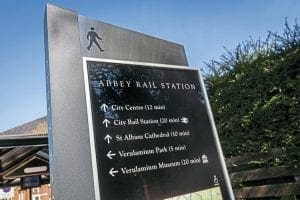
The ride itself is an amazing revelation of a route not far from Greater London. It first reaches industrial North Watford, then Garston, and becomes more genteel with views you would expect to see on some of the finest heritage routes.
As it meanders towards St Albans Abbey, greenery, hillsides, rivers and wildlife all add to the joy of a journey made in the past.
However, this is not a heritage line, but a railway that is needed by passengers and commuters, who live along the route, with areas such as How Wood, where new builds have produced more potential passengers.
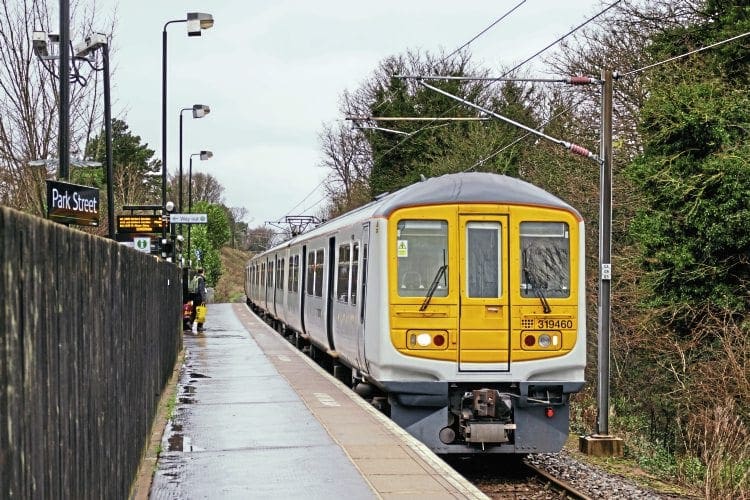
The future of this branch line remains uncertain with so much depending on consultation results, and hopefully rail will remain.
More information at: www.abfly.org.uk
The Railway Magazine Archive
Access to The Railway Magazine digital archive online, on your computer, tablet, and smartphone. The archive is now complete – with 120 years of back issues available, that’s 140,000 pages of your favourite rail news magazine.
The archive is available to subscribers of The Railway Magazine, and can be purchased as an add-on for just £24 per year. Existing subscribers should click the Add Archive button above, or call 01507 529529 – you will need your subscription details to hand. Follow @railwayarchive on Twitter.




